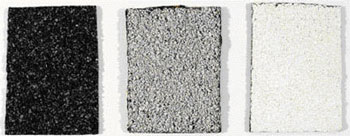Cool Roofing – ENERGY STAR (DOE) qualified roof coating products reduce the amount of air conditioning needed in buildings and can reduce energy bills by up to 50%. The Cool Roof Program defines specific standards for solar reflectance, 3-year aged maintenance of reflectivity, and emissivity in roof coating systems. Reflectivity is the percentage of the sun’s heat a roof keeps off a building, and emissivity is the percentage of heat a roof lets out of a building.
|
Black Shingle |
Conventional |
Advanced |
|
|
||
|
Reflectance = 5% |
Reflectance = 29% |
Reflectance = 60% |
|
Shingles with lighter/whiter colors or roofing granules reflect the solar heat. |
||
Lighter-colored (white) roof coatings reflect the sun’s heat and UV rays and often lower the roof’s temperature by up to 100° F.
The most common cool roof coatings used over sprayed polyurethane foam (SPF) and other roof deck surfaces are light/white colored. The most common types are:
- Acrylic
- Silicone
- Urethanes
- Polyurea
During warmer summer months, temperatures can reach 170° F on a low-slope black asphalt roof, dropping to -20° F during the winter in northern and higher elevated regions. Much of the heat generated by absorbing the sun’s ultraviolet (UV) radiation transfers to the building interior and can significantly affect energy consumption.
Urban Heat Zones / Islands
Installing Cool Roofs in cities can also have a significant positive impact on the environment. Urban Heat Zones are partly caused by a substantial number of prominent dark-colored roofs in urban areas that can reach incredibly high temperatures. This macro heat effect from burning buildings and pavement causes smog, increased energy consumption, and discomfort to building occupants. A cool roof can help save the environment and save money. Many states offer utility discounts and rebates to building owners who install cool roofs.
Approvals & Specifications
It is virtually impossible to look into two pails of roof coating and predict whether one product will perform better than another. For this reason, specific guidelines have been established for testing and approval of liquid-applied roof coatings that provide a yardstick that can measure all products. Products that meet specific standards display that information on the label. Facility owners and managers should look for such markings when evaluating a product to meet a particular need. Some markings indicate whether a coating meets specific standards or has the approval of certifying testing organizations.
Among the necessary standards is the American Society for Testing and Materials (ASTM) D 6083. That standard measures the coating tested against specific physical performance and physical characteristics for viscosity, elongation, tensile strength, accelerated weathering after exposure to 1,000 hours of testing, permeance, water swelling, adhesion, tear strength, and low-temperature flexibility. If met, this comprehensive set of standards should lead managers to an excellent product.

